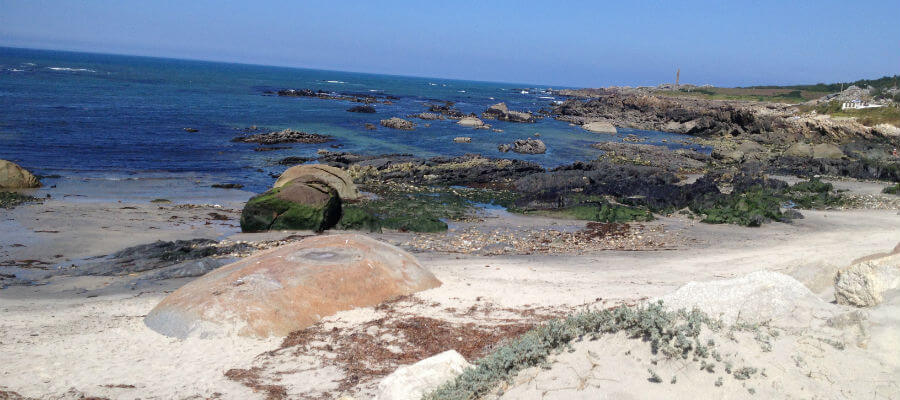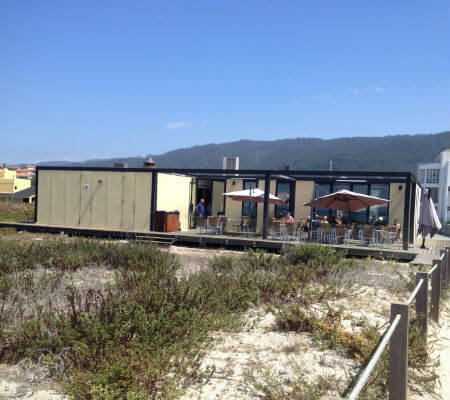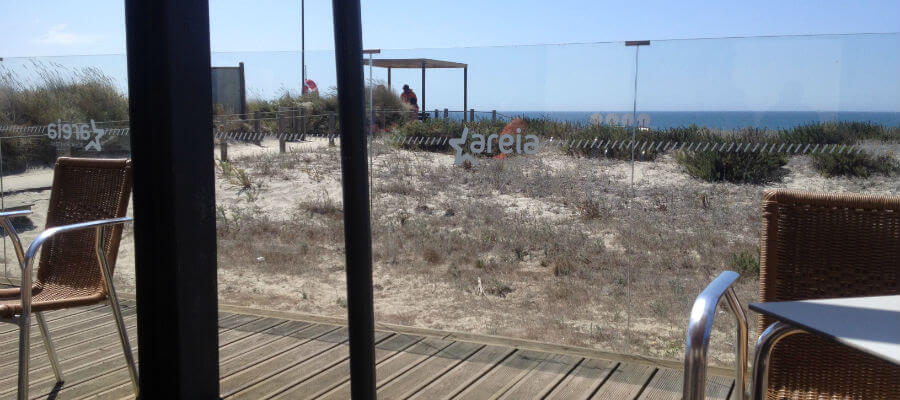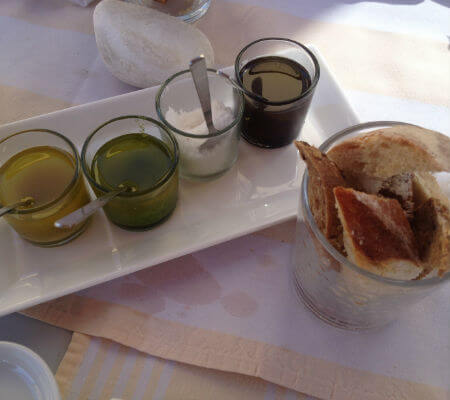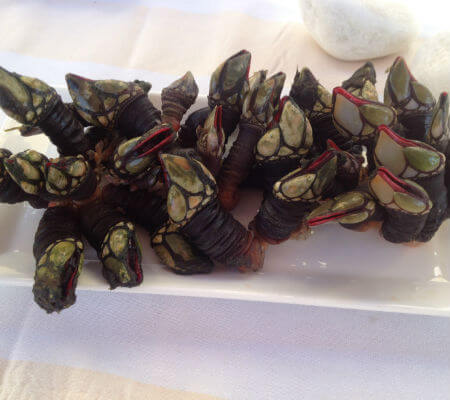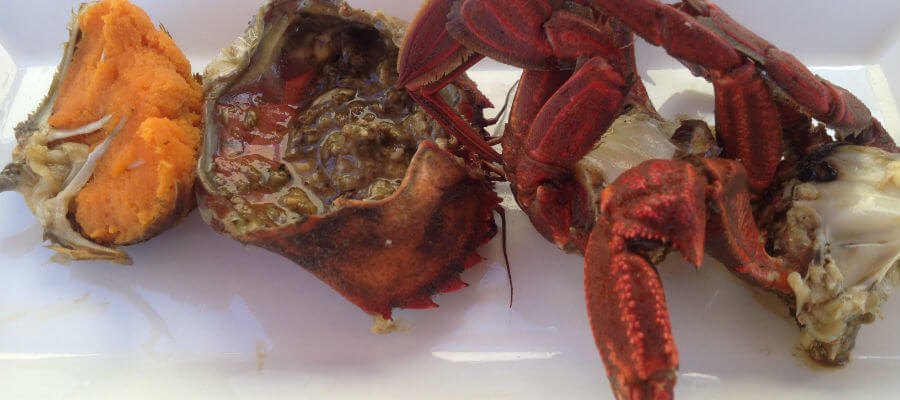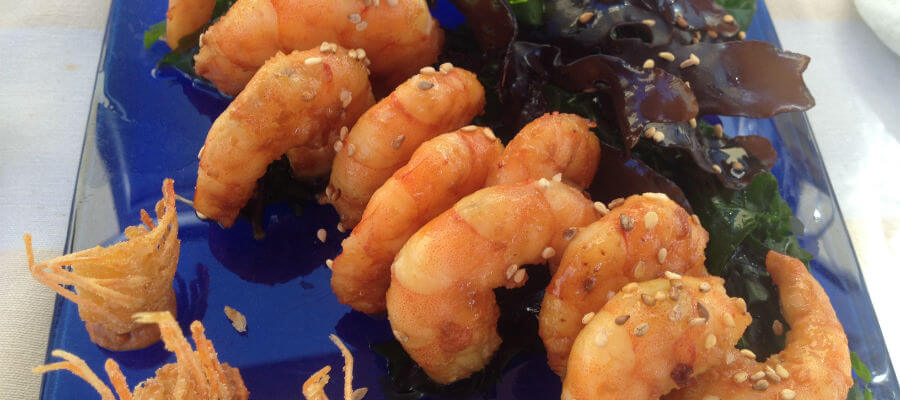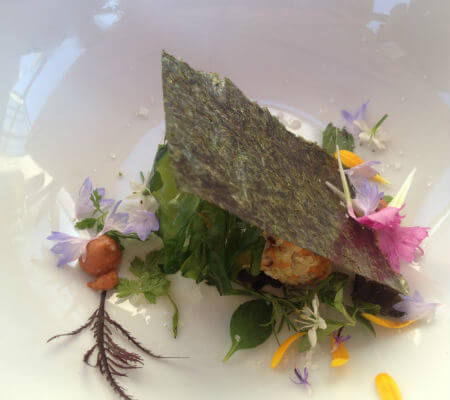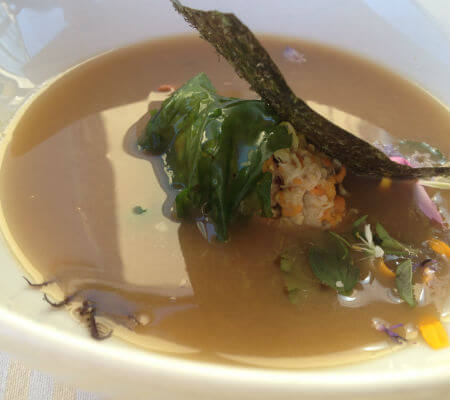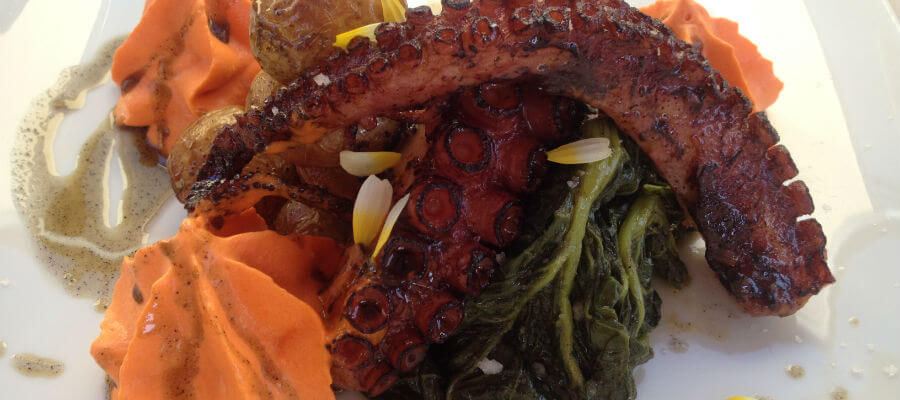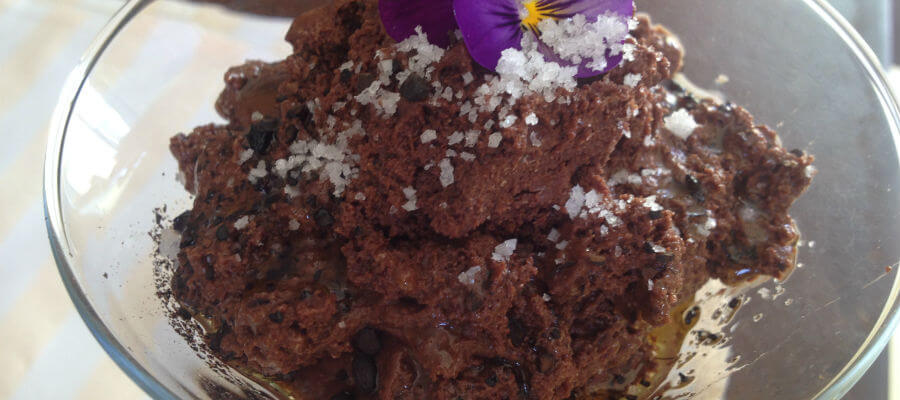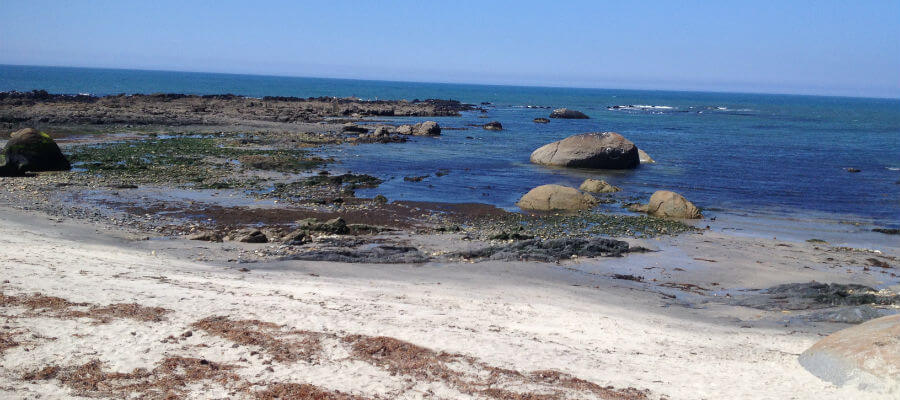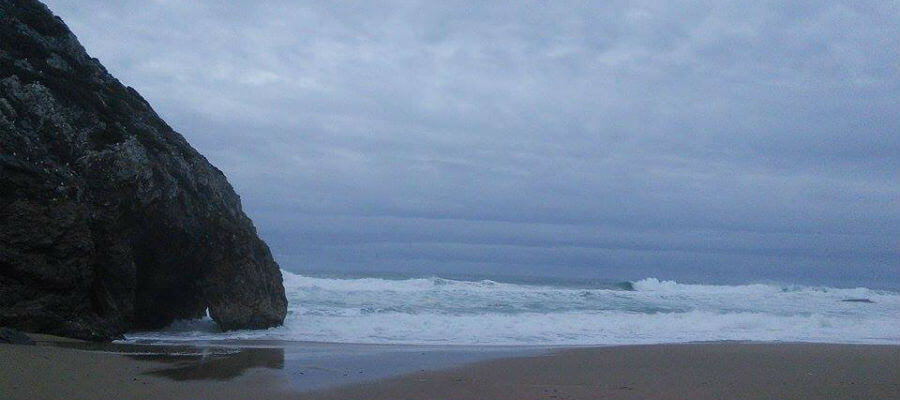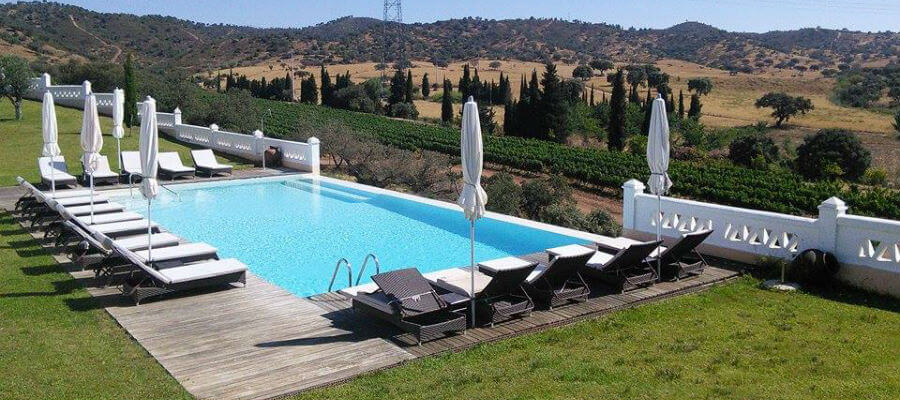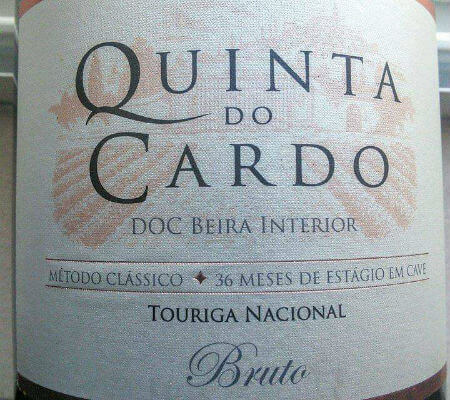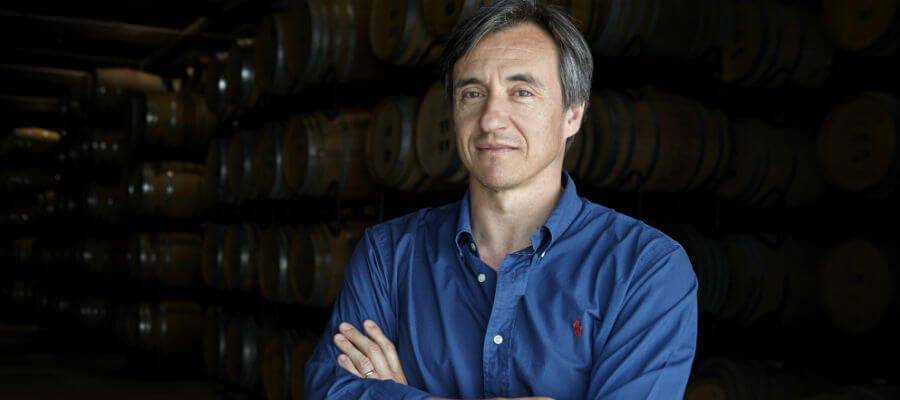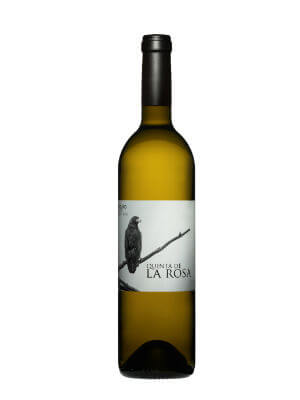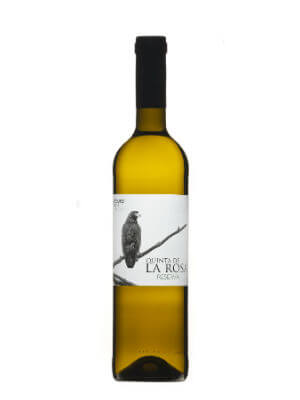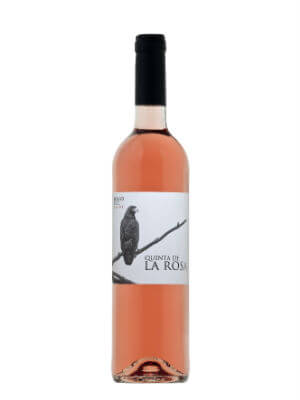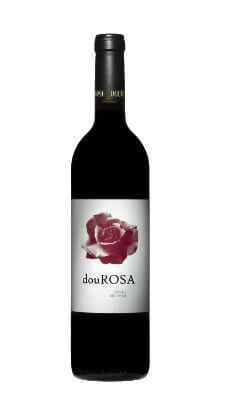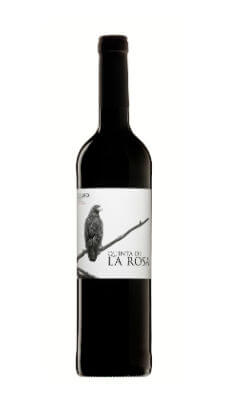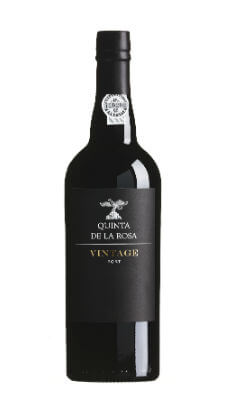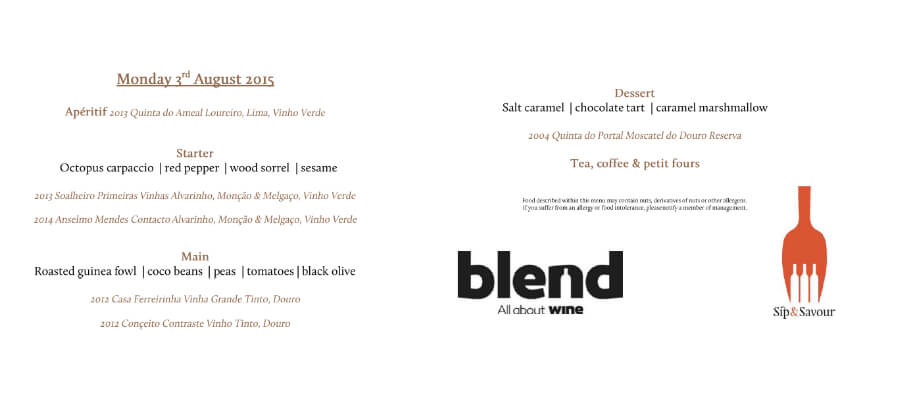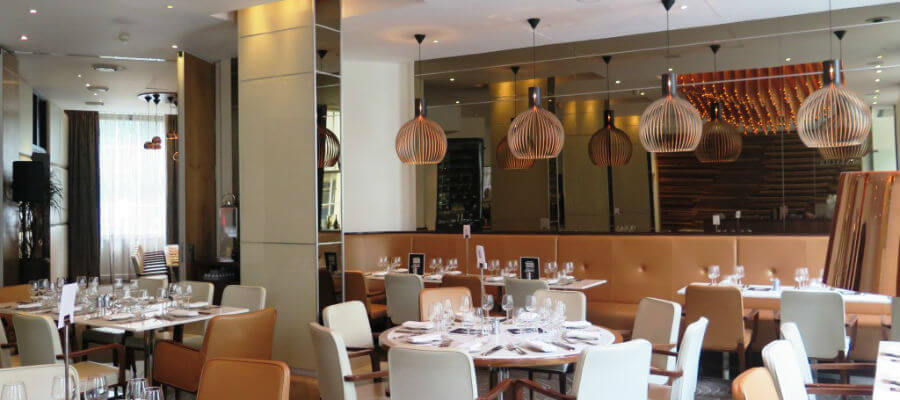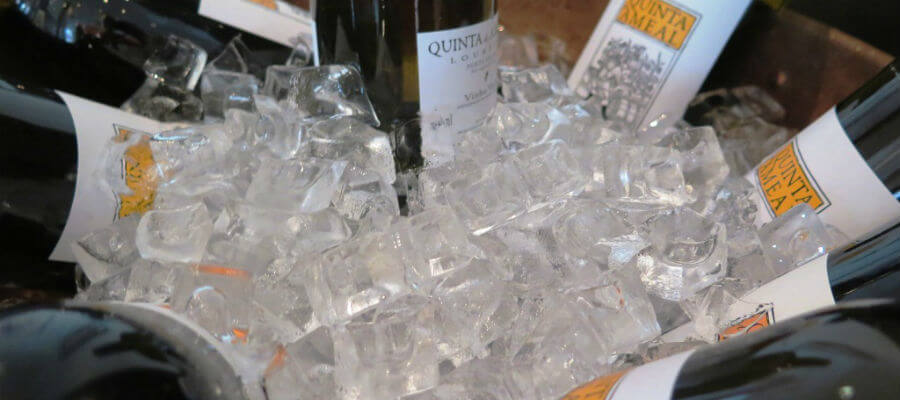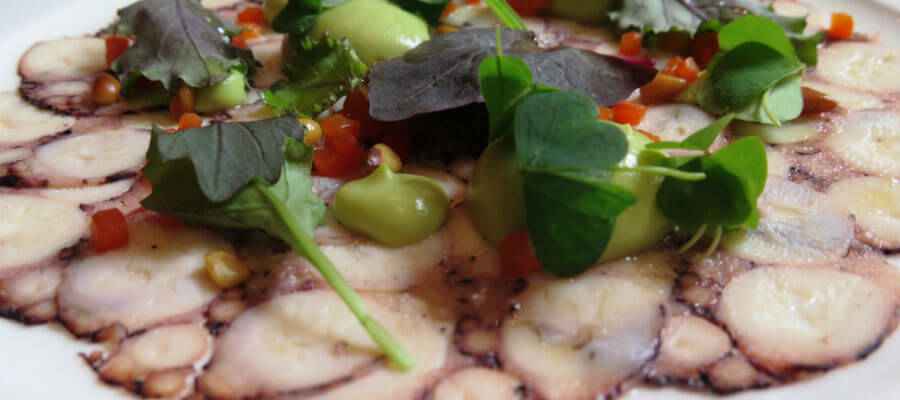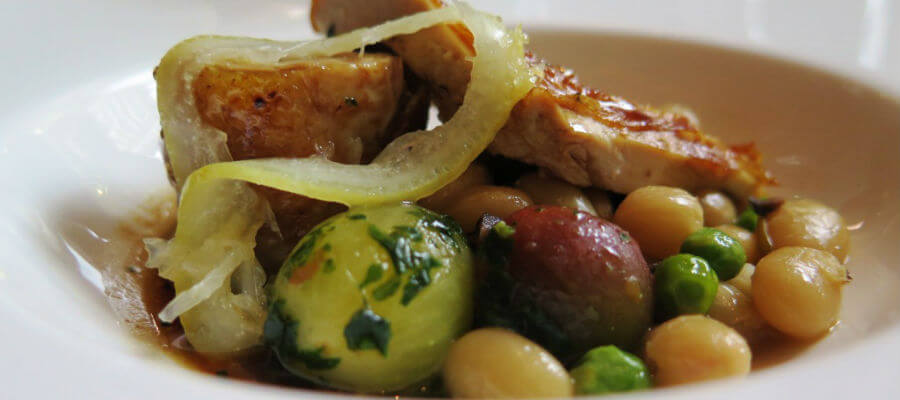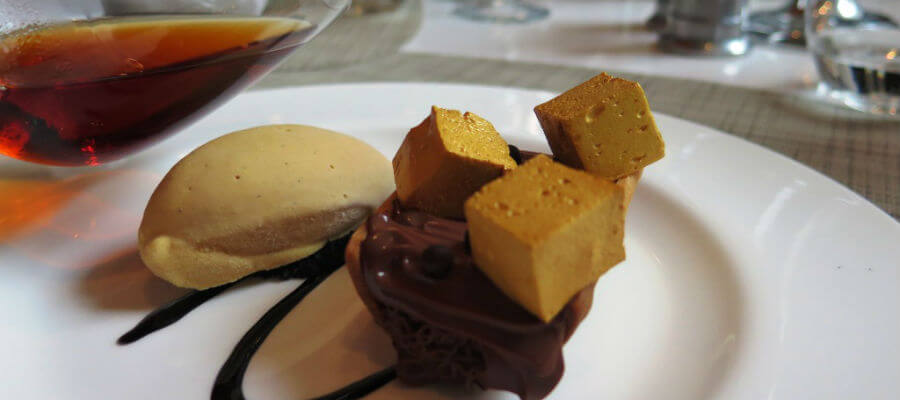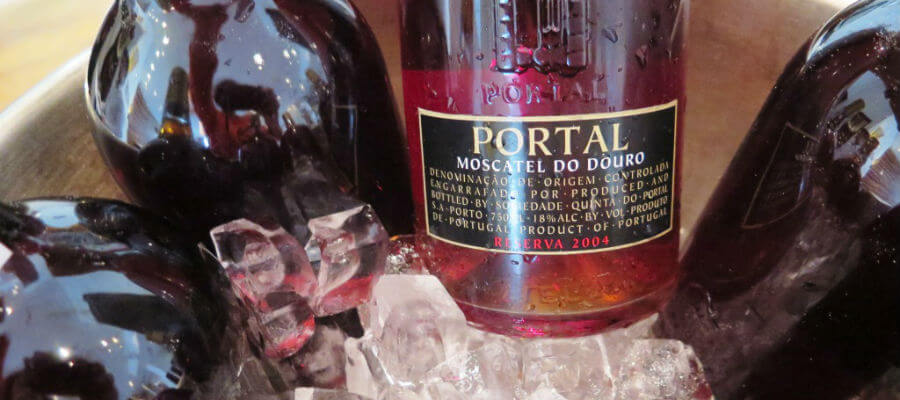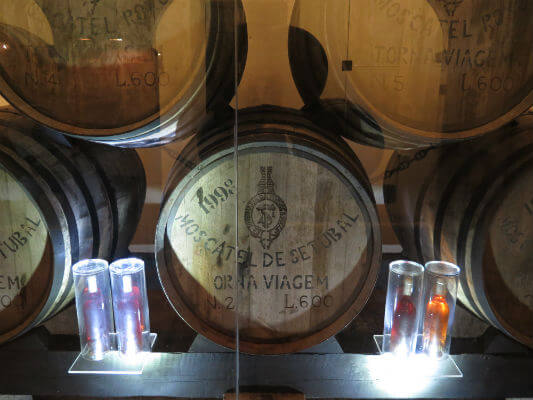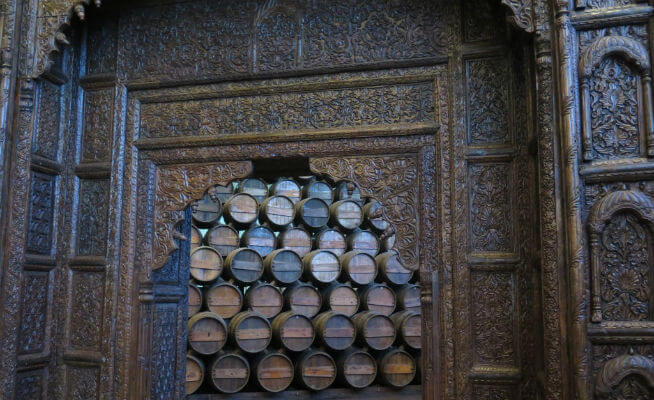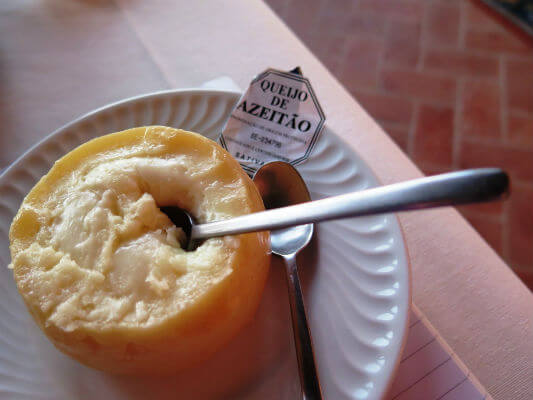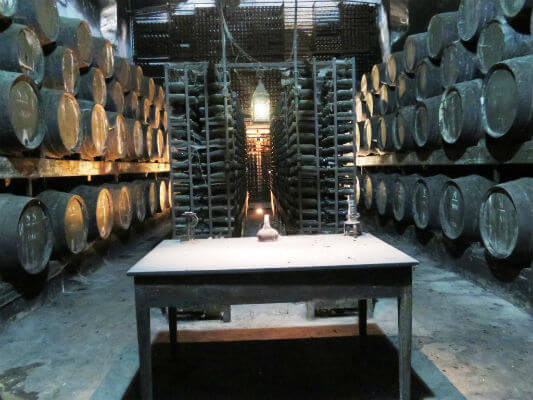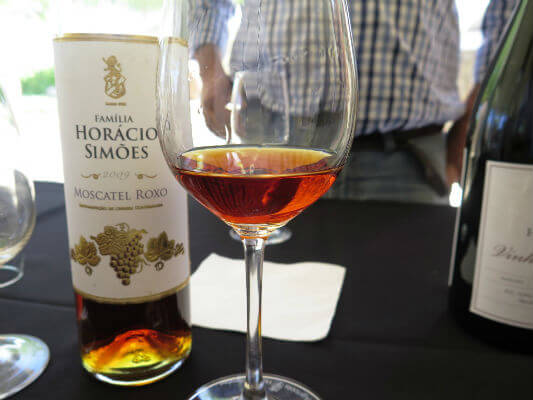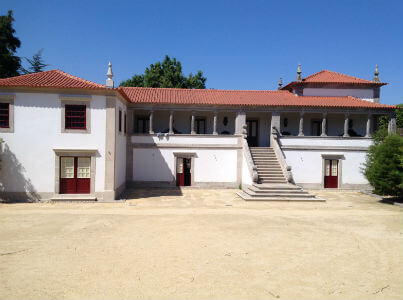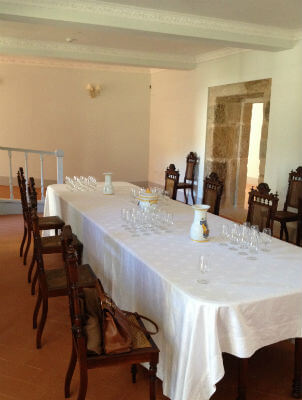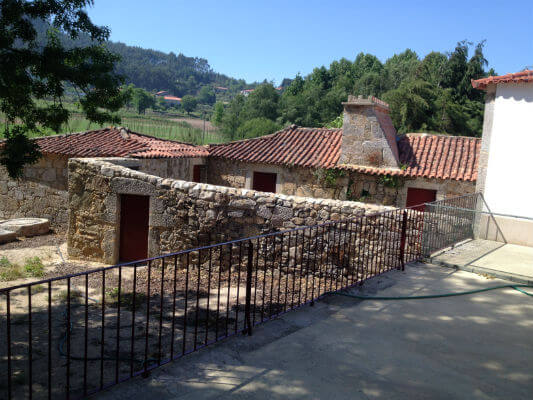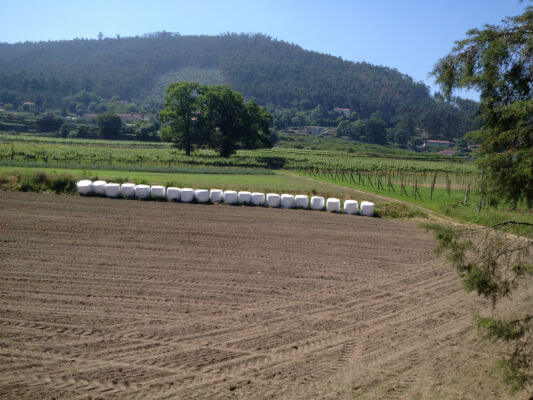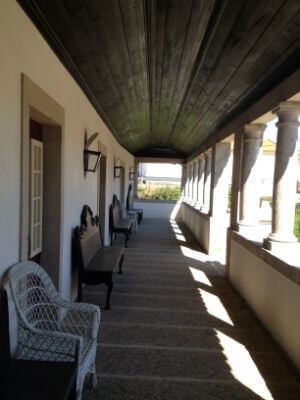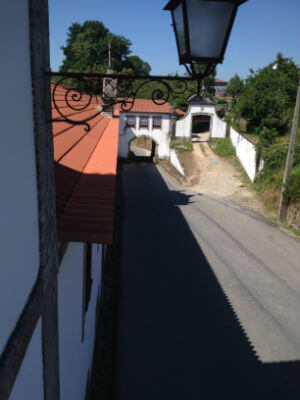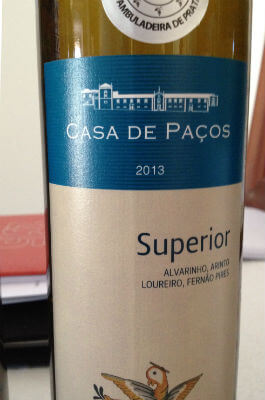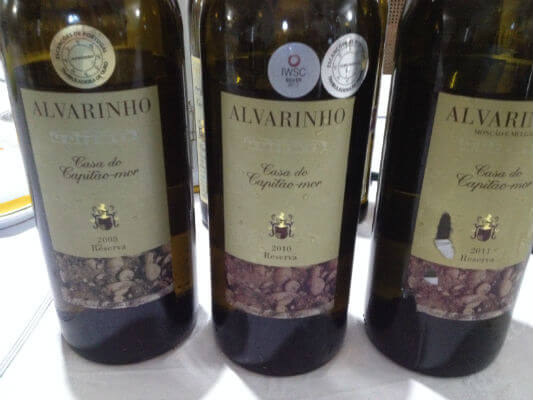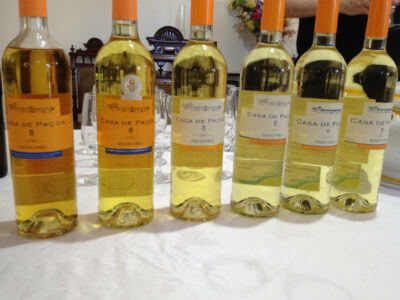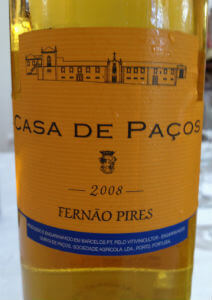Quinta dos Abibes, Bairrada in a Sublime mode
Text João Pedro de Carvalho | Translation Jani Dunne
After having been abandoned for over a decade, Quinta dos Abibes (in Anadia) gets its name from a migratory bird called Abibe (Vanellus vanellus, or peewit). This property includes 24.7 acres – of which 17 are covered in vines – and was acquired in 2003 by professor Francisco Batel Marques. Oenology was left to the renowned oenologist Osvaldo Amado, and the first harvest of Quinta dos Abibes was not to sprout before 2007. The chosen varieties were the red Baga, Touriga Nacional and Cabernet Sauvignon, while the whites consisted of Arinto, Bical and Sauvignon Blanc.
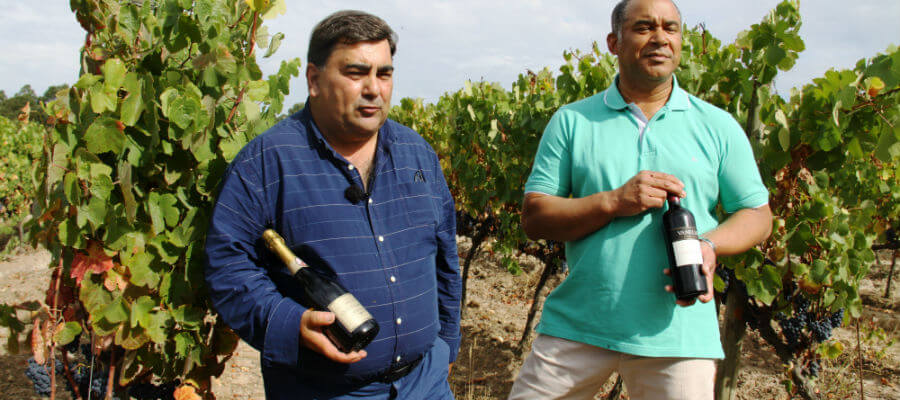
Prof. Dr. Francisco Batel Marques à esquerda e o enólogo Osvaldo Amado à direita- Foto Cedida por Quinta dos Abibes | Todos os Direitos Reservados
Quinta dos Abibes evidently invest in differentiation, and most of all in the quality of their products. Baga, for instance, is only used for the production of sparkling wines. In the case of Sparkling wine Quinta dos Abibes Sublime Brute Nature 2009, production stopped after 3200 bottles of this quality bubbly, in which notes of biscuits stand out and joyfully combine with aromas of citrus fruit. It is quite refreshing and tastes a little bit toasted with a mineral background. The mouth matches all of the above, and creates excellent harmony between the fruit and the toast notes. This very high-end sparkling wine feels slightly creamy.
Moving onto the more peaceful wines, we try Quinta dos Abibes Sublime white 2010, made from the Arinto variety and in the high register that oenologist Osvaldo Amado has always treated us with. This white reveals notes of ripe fruit, especially citrus fruits and some apple combined with the wood it has aged in, which brands the blend – perhaps a little too much for my taste – contributing with aromas of toasted bread and some nuts. Delicious, it goes down easily, allying freshness to creaminess, elegance, and ending with good persistence.
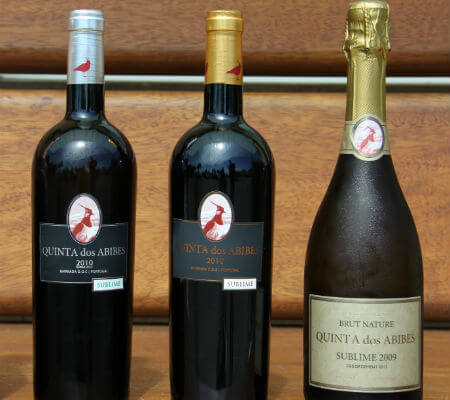
Quinta dos Abibes 2010 branco, Sublime 2010 tinto & Espumante Sublime Brut Nature 2009 – Foto Cedida por Quinta dos Abibes | Todos os Direitos Reservados
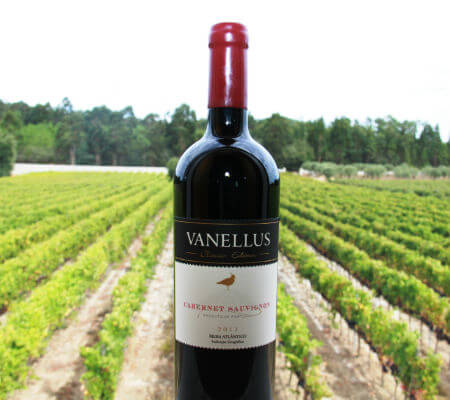
Vanellus Classic Edition Cabernet Sauvignon 2011 – Foto Cedida por Quinta dos Abibes | Todos os Direitos Reservados
We change the tone and start with the reds. Firstly Quinta dos Abibes Sublime 2010, which shines the spotlight on the soloist variety, Touriga Nacional. A wine of a concentrated and charging profile, a lot of energy and freshness displaying ripe dark fruit with hints of smoke, spices, and something earthy in the background. The mouth shows good structure, the very flavourful fruit revealing more detail than in the nose; freshness runs throughout the whole palate, and a lasting and persistent finish with tannins still present in the finish of the mouth.
I finished with Vanellus Classic Edition Cabernet Sauvignon 2011, a Beira Atlântico with hints of Bordeaux, aromas of graphite, earthy notes and a light vegetal presence. Ripe and very fresh fruit, a lot of blueberries, many scented wild berries bursting in flavour compose a refreshing and cohesive blend. With a medium body revealing rusticity and asking for more time in the bottle, the freshness wraps the ripe and delicious fruit in a finish of good persistence.
Contacts
Quinta dos Abibes Vitivinicultura, Lda
Aguim – Anadia
3780 Anadia
Bairrada – Portugal
Tel: (+351) 917 206 861
E-Mail: quintadosabibes@gmail.com



